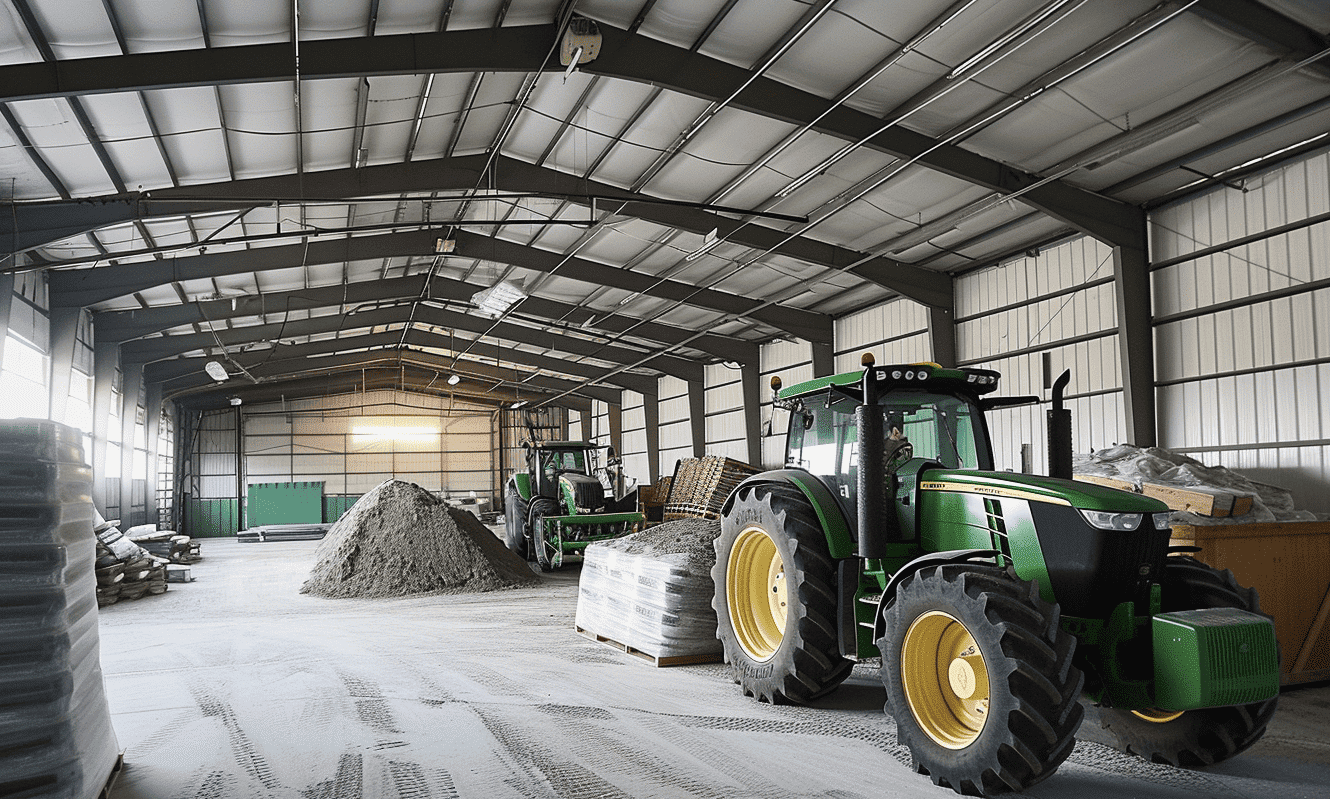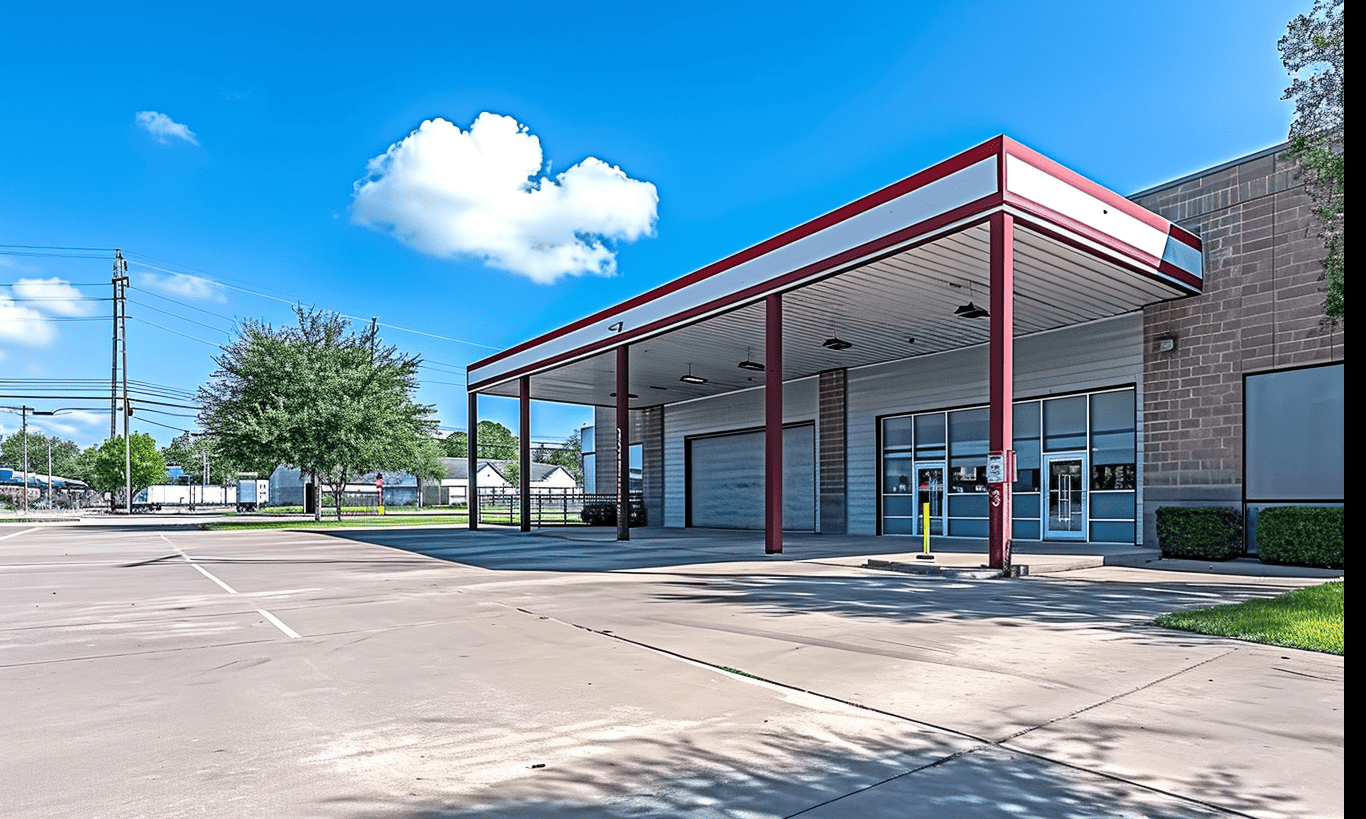Floodplain development regulations have become increasingly important with the rising instances of flooding across Canada. With unpredictable weather patterns and more intense storms, it’s vital for developers, builders, and homeowners to understand these regulations to ensure their properties stay dry. But what exactly are these rules, and how do they impact construction on floodplains?
Understanding Floodplain Development Regulations
Floodplain development regulations are guidelines and restrictions that govern construction in areas prone to flooding. These rules are designed to minimize the risks associated with building on flood-prone land, protecting people, property, and the environment. By adhering to these regulations, developers can reduce the likelihood of flood damage and ensure safer communities.
In Canada, the Canada Mortgage and Housing Corporation – Floodplain Development Regulations provides comprehensive guidelines on floodplain management. These regulations help manage flood risks and limit construction in vulnerable areas. But what does this look like on the ground?
Key Components of Floodplain Development Regulations
Floodplain regulations are typically built around several core principles:
1. **No Adverse Impact**: Developers must ensure that their construction activities do not increase flood risks to the property or surrounding areas.
2. **Elevation Requirements**: Buildings in floodplains often need to be constructed at specific elevations to minimize the risk of flood damage.
3. **Stormwater Management**: Proper water management strategies, including stormwater management codes, are crucial for reducing water runoff and its potential to contribute to flooding.
4. **Wetland Protection**: Measures must be in place to safeguard nearby water bodies, adhering to wetland regulations and ensuring these natural barriers continue to provide protection against floods.
The Role of Municipalities and Beyond
Local governments play a crucial role in floodplain management. They are responsible for implementing floodplain development regulations within their jurisdictions. To accomplish this, they require permits and local building codes that cover floodplain areas. These permits ensure that planned constructions meet all necessary safety standards and comply with regional floodplain regulations.
Municipalities may also designate specific zones within floodplains where development is restricted or requires special considerations. Some regions might offer incentives for building in less vulnerable areas, aligning economic interests with safety standards.

Embracing Innovation with Metal Building Packages
Metal buildings are emerging as a popular choice for constructions in flood-prone areas. They’re durable, resistant to water damage, and can be designed to meet specific floodplain regulations. In Ontario, for instance, the availability of metal building packages Ontario provides builders with versatile and compliant options for constructing in flood risk areas.
These structures offer a practical solution due to their flexibility and robust nature. They can be elevated or designed to allow water flow underneath, minimizing the impact of floodwaters.
Strategies for Successful Floodplain Development
Successfully developing in a floodplain involves a strategic blend of rigorous planning, innovative design, and compliance with regulations. Here are some strategies to ensure success:
1. **Conduct Thorough Site Assessments**: Before any project begins, conduct a detailed assessment of the floodplain to identify risks and opportunities for mitigation.
2. **Incorporate Nature-Based Solutions**: Utilize natural features like green spaces or permeable surfaces to enhance rainwater absorption and reduce runoff.
3. **Adopt Advanced Building Techniques**: Implement flood-resistant construction methods, such as using water-resistant materials and building above predicted flood levels.
4. **Engage Local Stakeholders**: Collaborate with local authorities and community members to align development plans with local needs and regulatory standards.

The Future of Floodplain Development
As climate change progresses, the relevance of floodplain development regulations will continue to grow. These guidelines will need to evolve to address new challenges, such as rising sea levels and increased storm intensity.
Moreover, innovation will be key to unlocking new building practices and technologies that can help communities thrive despite flood risks. Investing in research and development is essential to pave the way for more resilient designs.

Conclusion
Floodplain development regulations are essential tools for managing flood risks and ensuring safe, sustainable construction on vulnerable lands. By understanding these guidelines, leveraging innovation, and emphasizing collaboration, we can create developments that stand the test of time and keep both current and future communities safe from flooding.
Whether you’re a developer, builder, or homeowner, staying informed about floodplain regulations not only ensures compliance but also promotes the construction of resilient, flood-resistant structures. Let these regulations guide your journey in safeguarding your investment against nature’s unpredictability.










